Montebello Islands
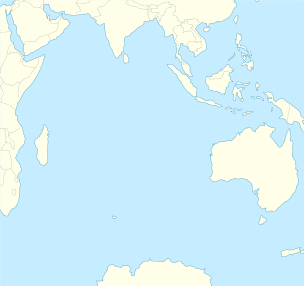
Coordinates: 20°28′S 115°32′E / 20.46°S 115.54°E

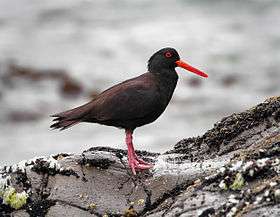
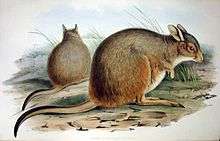
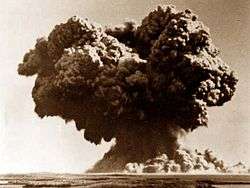
The Montebello Islands, also known as the Monte Bello Islands, are an archipelago of around 174 small islands (about 92 of which are named) lying 20 kilometres (12 mi) north of Barrow Island and 130 kilometres (81 mi) off the Pilbara coast of north-western Australia. Montebello is Spanish or Italian for "beautiful mountain". The islands form a conservation park administered by the Western Australian Department of Environment and Conservation, and it is likely that the shallow waters around them will become a marine conservation reserve. The islands were the site of three nuclear weapons tests by the British military in the 1950s.
Description
The islands of the archipelago have a collective land area of about 22 km2. The largest islands, Hermite (or Hermit) and Trimouille have areas of 1022 ha and 522 ha respectively. They consist of limestone rock and sand. The rocky parts are dominated by Triodia hummock grassland with scattered shrubs, while the sandy areas support grasses, sedges and shrubs, mainly Acacia. Patches of mangroves grow in sheltered bays and channels of the archipelago, especially at Hermite Island. The climate is hot and arid with an annual average rainfall of about 320 mm.[1]
Birds
The islands have been identified by BirdLife International as an Important Bird Area (IBA) because they support over 1% of the world populations of fairy and roseate terns, and of sooty oystercatchers.[2] Greater crested terns breed there irregularly, sometimes in large numbers. Other birds breeding on the islands include ospreys, white-bellied sea eagles, pied oystercatchers, Caspian terns and bridled terns. The islands support 12–15 breeding pairs of beach stone-curlews. Yellow white-eyes have been recorded.[1]
Mammals
Invasive feral cats and black rats have been eradicated from the islands, allowing endangered rufous hare-wallabies and Shark Bay mice to be translocated to the islands under the conservation management strategy for these threatened species.[1] They are now common on many of the larger islands.
History
It is believed that the islands were occupied by indigenous Australians until about 5,000 BCE, when a period of global warming and rising sea levels caused the Montebellos to become more distant from the mainland, and forced abandonment.[3]
The first Europeans known to have seen the islands were the crews of a French Navy exploration expedition, led by Nicolas Baudin, in 1801. Baudin named Hermite Island after Admiral Jean-Marthe-Adrien L'Hermite and Trimouille Island after a French aristocratic family. There are inconsistencies in the naming of the islands in the accounts of the early explorers, and it has been suggested that later explorers mixed up the names of Lowendal and Hermite Islands.
An early reference to the islands is in 1622, when the English ship Tryall was wrecked just west of them. For years afterwards their approximate position was recorded on charts as the Tryal Rocks.
The islands were economically significant for pearl fishing from the end of the 19th century until the outbreak of the Second World War.
British nuclear weapons tests
The Montebello islands were the site of three nuclear weapons tests by the British military: one in 1952, and two in 1956.
A bay on Trimouille Island was the site of Operation Hurricane, the first ever atomic weapon tested by the United Kingdom, on 3 October 1952.
While most subsequent British tests were conducted at sites on mainland Australia, in 1956 there were two further tests, on Alpha and Trimouille Islands respectively. The second of these, codenamed "G2", included the largest nuclear explosion in Australia, with a yield of 98 kilotons.
Fallout from the Montebello tests is reported to have contaminated areas of mainland Australia as far away as the Queensland towns of Mount Isa, Julia Creek, Longreach and Rockhampton.[4]
Islands
Of the smaller islands, the largest are:
- North-West Island
- Primrose Island
- Bluebell Island
- Alpha Island
- Crocus Island
- Campbell Island
- Delta Island
- Renewal Island
- Ah Chong Island
There are also 10 named groups of small islets, whose individual islands have not yet been named:
- Corkwood Islands
- Fig Islands
- Hakea Islands
- Jarrah Islands
- Jasmine Islands
- Karri Islands
- Marri Islands
- Minnieritchie Islands
- Mulga Islands
- Quandong Islands
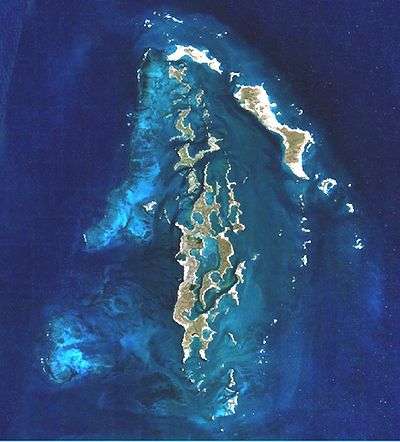
See also
References
- 1 2 3 BirdLife International. (2011). Important Bird Areas factsheet: Montebello Islands. Downloaded from http://www.birdlife.org on 16/08/2011.
- ↑ "IBA: Montebello Islands". Birdata. Birds Australia. Retrieved 2011-08-16.
- ↑ Peter Veth, 1994, "The Aboriginal Occupation of the Montebello Islands, north-west Australia", Australian Aboriginal Studies, n2, pp39–50.
- ↑ Cross, Roger. (2001). Fallout. Wakefield Press. (p.179).
Further reading
- Acaster, Ray. (1995). British nuclear testing at the Monte Bello Islands. Early Days Vol. 11, no.1. pp.66–80.
- Arnold, Lorna; and Smith, Mark. (2006). Britain, Australia and the Bomb: The Nuclear Tests and their Aftermath. Palgrave MacMillan. ISBN 1-4039-2102-4
- Bird, Peter. (1989). Operation Hurricane. Square One Publications: Worcester. (First published in 1953). ISBN 1-872017-10-X
- Burbidge, A. A. (1971). The fauna and flora of the Monte Bello Islands. Department of Fisheries and Fauna: Perth.
- Deegan, P. M. (1992). Monte Bello and Lowendal Islands: bibliography, summary report of marine resources. Dept. of Conservation and Land Management: Perth.
- Duyker, Edward. (2006). François Péron: An Impetuous Life: Naturalist and Voyager. Miegunyah/MUP: Melbourne. ISBN 978-0-522-85260-8
- Fornasiero, Jean; Monteath, Peter; and West-Sooby, John. (2004). Encountering Terra Australis: the Australian voyages of Nicholas Baudin and Matthew Flinders. Wakefield Press: Kent Town, South Australia. ISBN 1-86254-625-8
- Horner, Frank. (1987). The French Reconnaissance: Baudin in Australia 1801—1803. Melbourne University Press: Melbourne. ISBN 0-522-84339-5.
- Tuckfield, Trevor. (1 August 1951). The Monte Bello Islands. Walkabout, Vol. 17, No. 8. pp.33–34.
External links
| Wikimedia Commons has media related to Montebello Islands. |
- Video footage of the Operation Hurricane detonation on Trimouille Island in 1951
- Nicolas Baudin’s Scientific Expedition To The Terres Australes by Steve Reynolds – Marine Life Society of South Australia Inc.
- Details of a feral cat eradication program on Hermite Island in 1999
- Nuclear testing details